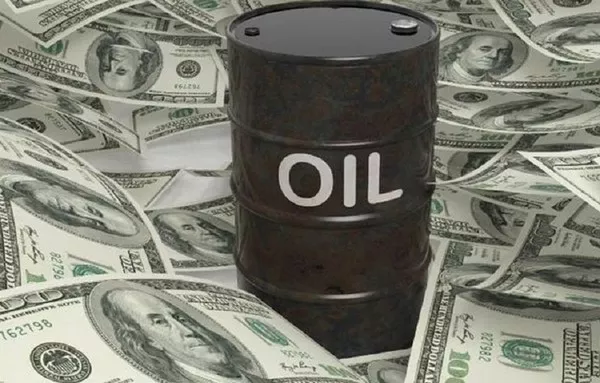Oil prices showed stability on Monday, with expectations that major oil producers would maintain tight supplies. This sentiment was supported by hopes that the Federal Reserve would refrain from raising interest rates to avoid slowing down the U.S. economy.
Brent crude futures for November traded down by 3 cents at $88.52 per barrel by 0648 GMT, while U.S. West Texas Intermediate crude (WTI) October futures remained unchanged at $85.55 per barrel.
Both contracts ended the previous week at their highest levels in over six months, following two consecutive weeks of losses.
Sugandha Sachdeva, Executive Vice President and Chief Strategist at Acme Investment Advisors, noted that crude oil prices have been primarily influenced by the anticipation of additional supply cuts from major oil-producing nations, particularly Russia and Saudi Arabia. However, she also mentioned that the steady increase in U.S. oil production could limit significant price gains.
Russia had reached an agreement with OPEC partners on the parameters for ongoing export cuts, according to Russian Deputy Prime Minister Alexander Novak. An official announcement detailing the planned cuts is expected this week.
Russia has already committed to reducing exports by 300,000 barrels per day (bpd) in September, following a 500,000-bpd cut in August. Additionally, Saudi Arabia is expected to extend a voluntary 1-million-bpd cut into October.
Russell Hardy, the Chief Executive of Vitol, stated that the global crude market should become less tight in the next six to eight weeks due to refinery maintenance. However, supplies of sour crude, which has a higher sulphur content, are expected to remain tight due to the OPEC+ cuts.
In the United States, job growth gained momentum in August, but the unemployment rate increased to 3.8%, and wage gains moderated. This data suggests that labour market conditions are cooling and reinforces expectations that the Federal Reserve will not raise interest rates this month.
In China, manufacturing activity unexpectedly expanded in August, as indicated by Caixin’s manufacturing PMI survey, reducing some pessimism about the country’s economic health. Beijing’s economic support measures, such as deposit rate cuts and eased borrowing rules for homebuyers, have also contributed to supporting oil prices.
However, investors are still awaiting more significant measures to support the troubled Chinese property sector, which has been one of the main drags on the economy since the COVID-19 pandemic emerged.


